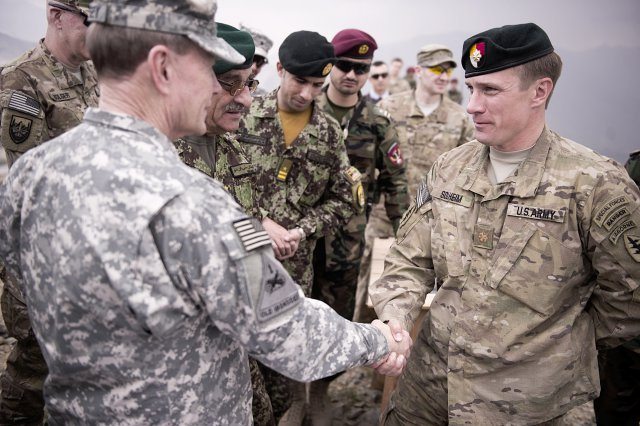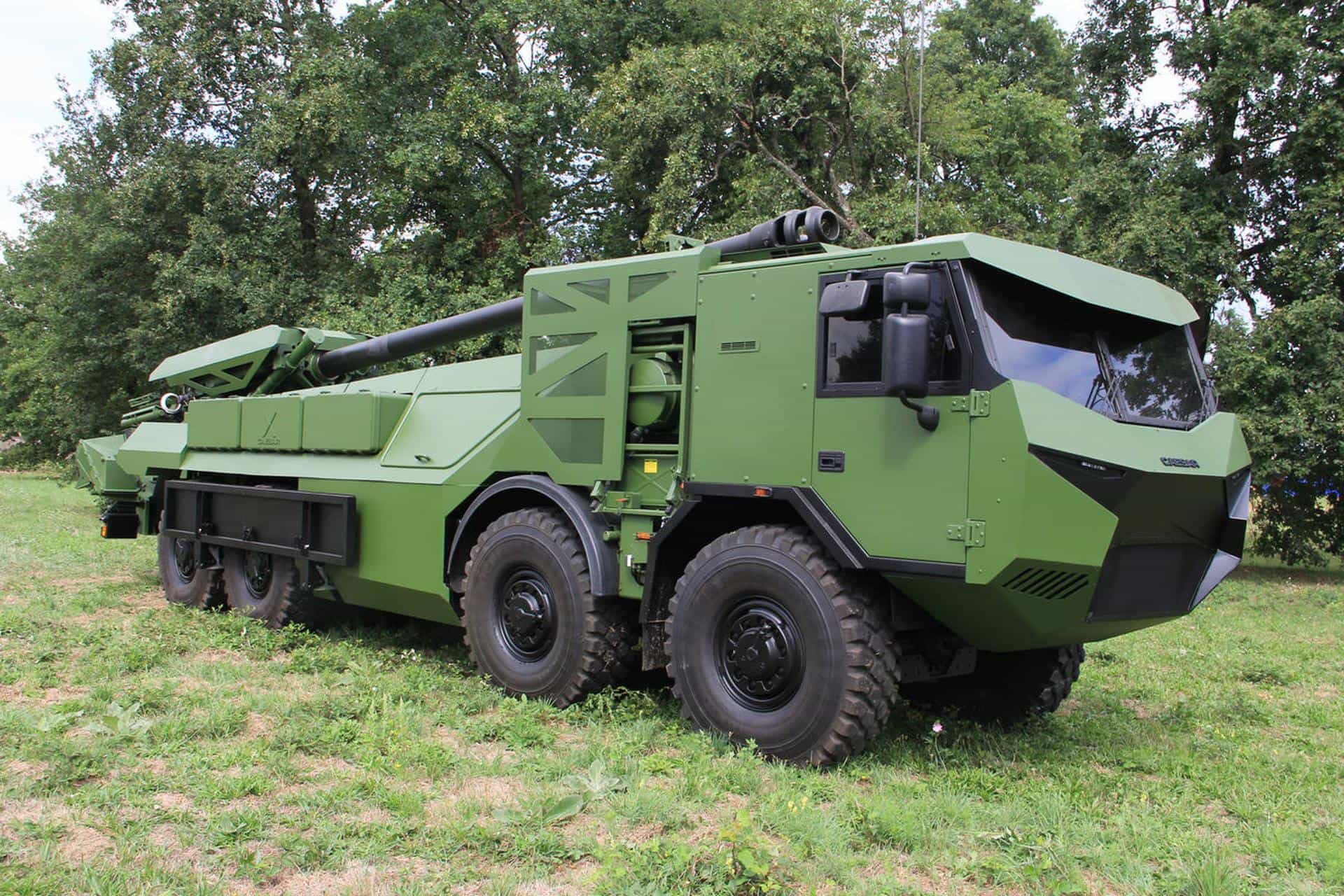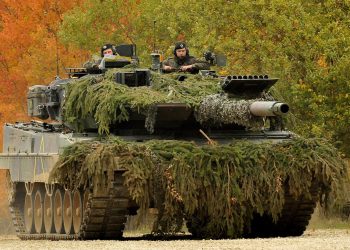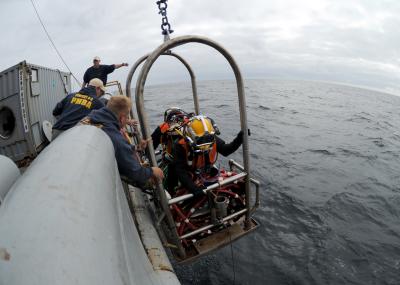Becoming a part of the U.S. Army’s elite fighting force takes total dedication and an unwavering fortitude to persevere in the toughest environments. These grueling conditions not only test an individual’s physical limits, but the mental capacity to forge forward in the face of adversity when most other men would falter. The few left standing at the end of this arduous gauntlet are known by two words – Green Berets.
For Maj. Kent Solheim, the Charlie Company, 4th Battalion, 3rd Special Forces Group Company commander, and Maj. Robert Eldridge, 2nd Battalion, 7th Special Forces Group executive officer, their personal courage, coupled with their desire to continue to serve alongside their Special Forces brothers, was stronger than any challenge that confronted them, including the amputation of their limbs.
Solheim was injured July 27, 2007, in Karbala, Iraq, while conducting a raid to capture an insurgent commander. During the firefight that ensued, Solheim was shot four times. The barrage of bullets struck both legs and also hit his left shoulder.
His road to recovery was long, taking two years and involving 29 surgeries. This included one year at Walter Reed Army Medical Center as both an inpatient and outpatient.
Solheim did not initially lose his leg. It was only after he lost function of his lower left leg that doctors felt there was a slim chance of making a full recovery. Solheim continued to fight the diagnosis a long time before eventually electing to amputate his leg below the knee.
“I had dealt with my injury at its worst for 18 months, so it was a relief to have the surgery. It marked an opportunity for me to get a new start and end a long and hard chapter of my life,” said Solheim. “I was uncertain, but I saw many other amputees being more capable than I was, so I was confident that it would improve things for me.”
For Solheim, the road to recovery was tough, but overcoming challenges was nothing new to him.
“I did not want to be defeated by my injury and felt that I could still contribute regardless of the fact that I am an amputee.”
Solheim not only felt his quality of life would improve, he also knew others who continued to serve on active duty with a prosthetic. For this warrior, the decision to once again stand tall and fight alongside his brethren was made.
“I still deal daily with the challenges of being an amputee, and with chronic pain,” said Solheim. “But the alternative was certainly worse.”
Although both officers spent time recovering at Walter Reed Medical Center, their paths to recovery were different.
Eldridge was injured while on a combat patrol in Shkin, Patika province, Afghanistan, Dec 17, 2004. He was in the lead vehicle when it was struck by an anti-tank mine. In the aftermath of the horrific blast, Eldridge knew he was critically wounded.
“I have a medical background, so I knew I was seriously injured,” said Eldridge. “Our team medic was driving and was able to get to me quickly.”
Eldridge injuries included his severe damage to his left leg, multiple fractures in his right leg, a shattered ankle and damage to his left eye. At one point, a large piece of his leg bone was lying on the floorboard of the vehicle. Upon arriving at Forward Operating Base Salerno, his left leg was immediately amputated in order to save his life.
Within three days of the explosion, Eldridge was stateside beginning his recovery process. Eldridge didn’t waste any time, and quickly began exercising on his bed’s support bars.
“I knew my arms worked, so I just started doing pull-ups,” said Eldridge.
In less than a week, he was in physical therapy working out several hours a day.
Growing up with his Green Beret father, Bob Eldridge, and his brother Eddie, who’s currently serving in Special Forces, Eldridge understood that quitting, either mentally or physically, was never an option.
Much like Solheim, Eldridge saw other Special Forces members around him recovering from their own injuries and getting back to the fight. He knew with hard work, anything was possible.
“You can get angry and upset, but you can’t get angry and upset if you don’t do anything about it,” said Eldridge. “These guys make it through the (Special Forces) qualification course for a reason. They have the mental capacity to overcome something like this. You see them in the hospital and they’re the guys figuring out what they need to do to get better, not waiting around for someone to do it for them.”
For both these men, having their family and friends surrounding them through rehabilitation made the difference in not only improving their physical capability, but also their spirit and outlook on life.
“There have been many people who have helped me along the way since my injury. Most of these people also had difficult experiences in their lives, but have persevered,” said Solheim. “Every day when I put on my prosthetic leg, it is a sobering reminder of July 27, 2007, but that event has allowed me to connect with people in life that I otherwise would not have been able to connect with. I hope my experience might help someone else overcome a trial they are facing like the people that were able to help me.”
Now back in uniform, and once again serving in a combat zone for the second time since their surgeries, both Solheim and Eldridge are appreciative of the support to return to duty and pass on their knowledge and leadership to others.
“I appreciate being afforded the opportunity to continue my service in the military,” said Eldridge. “Including the trust showed to me by allowing me to continue to lead our nation’s sons and daughters.”
Although Solheim and Eldridge are not the first service members to be severely injured in battle, their experiences and resolve may inspire others in the future, like those who have motivated them.
“Last year I sat at the bedside of a friend who had just lost both legs in Afghanistan,” said Solheim. “He told me this was the hand he’s been dealt, so he should make the best of it. I took those words to heart and would like to think this is my mantra also. This is the hand I’ve been dealt, but life goes on and I will make best of it.”
Both men continue to serve their nation to the best of their ability, and hope they may be viewed as positive role models for other injured warriors looking to get back in the fight.
“The most important advice I could give someone is to make an honest assessment and determine if their personal injuries are such that they still have the capability to contribute,” said Solheim.
“At the end of the day, what we do is bigger than any one person, and continued service needs to be for the benefit of both the individual and the organization.”











